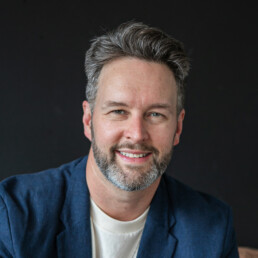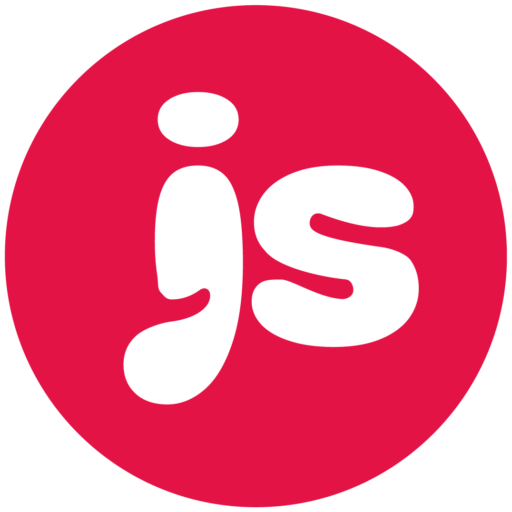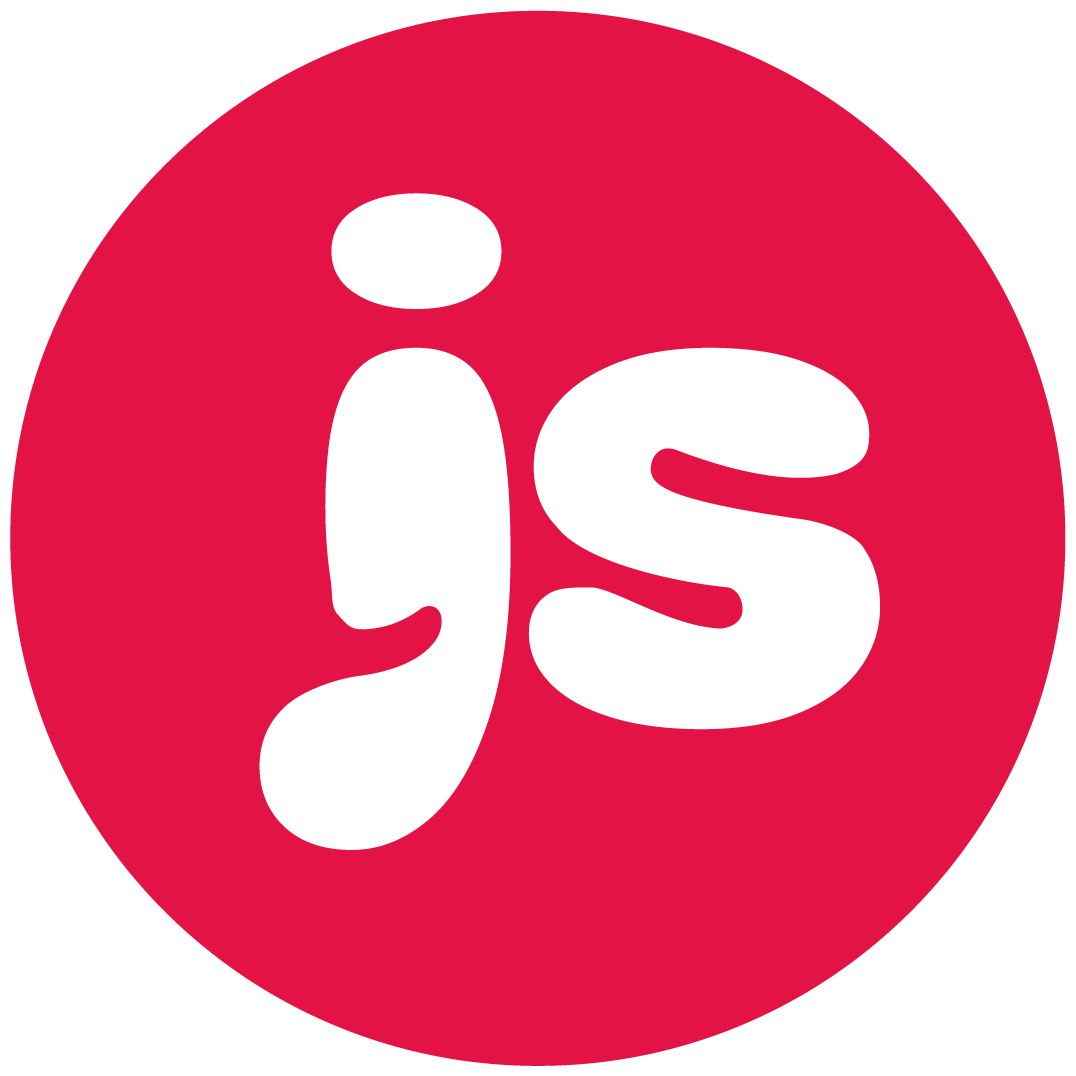I wanted to examine the origins of my knowledge, how it’s served me, and whether designers should learn to code.
Since there’s no degree or independent way to verify my skills, I’ll let you judge for yourself – here’s a portfolio I set up on Behance for visual design and I generally point people to my Vimeo account to explain my UX and coding work. I consider visual design to be my main proficiency, with a strong secondary ability in code, namely javascript and Jquery.
When people ask me what I do, I usually just give them my title, which is Sr. UX Designer. But as I’m realizing, this does not accurately convey the depth of my skill set and the breadth of my knowledge. While I’ve never actually called myself a ‘Unicorn’ (that somehow seem ridiculous and maybe a little presumptuous) I seem to have a skill set that’s rarely combined in one person.
I just want to solve problems
While I get joy from solving problems, often times I find myself going above and beyond, ignoring pre-existing solves for problems and wanting to build my own. Instead of using Blogger in 2002 to write online, I built my own blogging platform in PHP. When I learned to dance, I started with Tango, which by all accounts in one of the most difficult forms of dance in the world. To this day, I don’t quite know why I do these things. Many many times I’ve taken the much harder way to do something. It’s probably an entire host of reasons, from wanting to be proficient in a skill (like coding), to some form of perfectionism (wanting to be the best at the most difficult skill) to some kind of insane work-ethic.
As a kid I was so anxious and anti-social that I would draw alone for long periods of time in my room. It was a way to solve the problem of anxiety to be alone and I happened to get good at drawing, and art. Anxiety would be a persistent problem and driver in my life – it’s propelled me to get better of all sorts of skills (drawing, French and German, painting, building canvases, coding websites in HTML, designing on Photoshop and Illustrator, CSS, Jquery, Python, Tango, Guitar, Drums, Singing and host of other skills at various stages of mastery or abandonment).
Lately I’ve gone to therapy for anxiety and it’s been one of the best things I’ve ever done in my life. It’s helped me see where my anxiety was actually getting in the way of learning a skill (I never thought I would be any good at music because I was a ‘visual’ person – but I’ve found that in fact I’m becoming proficient on the guitar by practicing an hour a day).
It’s also helped me see how learning skill after skill after skill is actually getting in the way of being effective. One person can’t do it all, and I’m more and more OK with delegating tasks around solving problems. But my coping strategy for anxiety, before therapy, was to learn, learn, learn, and frankly I wouldn’t ever go back to that place but I did some pretty cool projects as a result of that coping strategy.
How to publish ideas that anyone can access
Even prior to getting my art degree, I was interested in building websites. I always felt like the web was an incredibly powerful publishing platform – I used to compare it to having your own magazine (back when that metaphor made sense). In college I was interested in journalism and I started a site to monitor themes around stories published in the local newspaper, the Bellingham Herald, owned at that time by the Gannett chain of newspapers. I wanted a platform that could house my writings and frankly I’d rather have something I controlled completely. I built a full blogging platform in PHP in 2002 on www.Herald-Watch.org (since gone the way of Geocities and Ask Jeeves). Blogger was created in 1999, but I was frustrated by the limitations of the platform and wanted full control, and wanted to learn how to code.
Learning languages
I spent a few years of my college career learning languages – a study abroad in France, in Grenoble, and in Austria (near Salzburg) – helped solidify those two languages. I stopped learning German, but completed a degree in French. I loved the process of learning those languages and felt like understanding the structure and methods of the language helped prepare me to learn computer languages.
After completing degrees in French and Art (painting), I found myself living with a girlfriend in Phoenix, AZ, substitute teaching at an Episcopalian school. I wasn’t in love with teaching, and I realized that I wanted to make more money than teachers made…sadly, teachers aren’t paid more in this country, but that’s a post for another time.
Design makes pretty, but usability makes money
I started building (coding and designing) websites as a way to supplement my income – my parents have a restaurant in Seattle, and I convinced them that having a website would be a good idea, and so they paid me to build it. Today the Burgermaster website is a resource for customers to get menu information, contact the restaurant, find hours, locations and nutrition information. After having that site under my belt, I was able to build a site for the teachers at the school in Phoenix, and parlay that skill into other (mostly) design jobs. Having an art background has always helped me get design jobs, but honestly I started my career (and it continues to this day) by being interested in how to make websites hum – not just on the design side, but from a front-end / back-end development side as well.
In the later part of the 2000s, I really focused on design and UX work. Truthfully I didn’t see code as something I wanted to pursue professionally, and I loved the challenge of making something beautiful on Photoshop (plus the background in art meant I tended towards design anyways). After a few design jobs, I started researching best practices for e-commerce sites, and really digging into what made sites valuable (or not) to users. As I quickly learned, design makes pretty, but usability makes money.
Start ups are like learning accelerators, and mine cost as much as a year of school
Jobspice, which I joined in 2010, was the first job where I was able to really take the helm of both design and code in a major way. With Jobspice you could build and publish a resume in 15 minutes. As a technical co-founder, I redesigned the company brand, usability tested the application, and built pages in Python, HTML, CSS and Jquery, and resume templates using advanced CSS (the HTML was fixed, since the resume templates had to be converted into PDF, DOCX and other formats). I loved the day to day work at Jobspice, but sadly it ended up being quite a financial hit for me – I spent at least $20,000 of my own money simply to work at there and had to exit the company after the financial stress overwhelmed the relationships between the founding members. Despite the heartbreak of leaving, and despite all the stress, arguments and depleted savings, I always felt that Jobspice was like on-the-job training, and that working there would pay off in a big way.
Refining design and code work to make better products
I joined HomeAway.com about 3 months after leaving Jobspice. At HomeAway I got immediately to work building an application for Innkeepers to manage their business. This meant hours of speaking with product managers, innkeepers, developers and stakeholders to establish a brand voice, look and feel, requirements list and schedule for building the product. Recently I designed a product now used by 6,000+ professional Property Managers to manage around 150,000 listings on HomeAway.com, roughly 30% of the total – nearly 25% of those users log in every single day to manage their business, an incredible statistic considering that many of those 6,000 Property Managers already use a different software solution to manage all aspects of their business.
Pushing the boundaries of what it means to be a ‘UX Designer’
I use my work at HomeAway as a springboard to expand my knowledge – the work itself pushes me to learn complex business products in ways I never have before, and to get good at speaking for users. I’m also pushing the role of a UX designer to build a workable prototype – basically an image with moving parts, so that stakeholders and developers can get a sense of what it’s like to actually use the product – so much of what makes a product great is how it feels to use it, and what kind of feedback it gives – both things that are pretty difficult to convey in static click-through mockups.
Here’s an example using Jquery to bring mockups to life with nice feedback alerts, as well as making it easier for internal teams to navigate click-through mockups (this is a real, although extremely niche problem)
Jquery program to help product managers navigate click-through mockups from Jonathan Simmons on Vimeo.
Should designers learn to code?
It all depends on your mentality. If you consider yourself a designer first, and are looking at developing second skills sets to make you more marketable, I would re-consider the decision. You probably love design, and if you put more energy there you would be able to propel yourself into the next ‘level’ of design. Essentially, you have to enjoy coding, find it useful and enjoy it more and more. Otherwise you’re just setting yourself up for failure.
If your mentality is that the world is full of challenges and problems to be solved, then you should learn anything to help you to find solves. That may not include coding. That might mean learning just enough so you can know when someone is BSing you, or just enough to understand the magnitude of building a certain kind of functionality. My personal journey has included code because
- I didn’t want to pay someone else for something I felt like I could do
- No one else was really doing exactly what I want to do
- I love learning
- I’ve always enjoyed learning languages and computer code is very similar to spoken languages in a number of ways.
Now I’m in the enviable position of having highly sought-after skills, despite having developed them mostly through sheer persistence and (some) random chance. Considering that this means I get to continue solving problems, learning new skills, meeting incredible people and pushing my career forward, I’m thrilled that the labyrinthine path my career has taken has lead me here.
About the author

Jon Simmons
Over the last two decades, Jon has created marketing wins for brands small and large. For Burgermaster, a drive-in restaurant chain in Seattle, WA, Jon was able to build a local chain website to 25,000 visits+ / year, and drove thousands of phone calls across the 5 Burgermaster locations.
At TurnKey, a vacation rental management company, Jon positioned the company as an acquisition target via an overhaul of the visual brand. TurnKey went on to be acquired for $600MM in 2021.
Jon is also a co-owner of Slow North along with his wife Michelle, where he design product labels, boxes, websites. He started learning SEO in 2018, and after much trial and error, experiments, and articles, helped Slow North realize a 650% sustained rise in organic search traffic. The Slow North store sits at the top spot for ‘Candles near me’ and ‘Candle workshops’ in north central Austin, where the retail shop is located.

